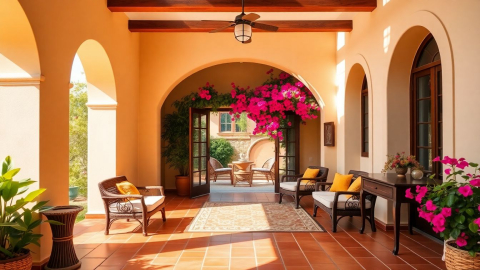How to Start an Interior Design Business: A Comprehensive Guide for Aspiring Entrepreneurs
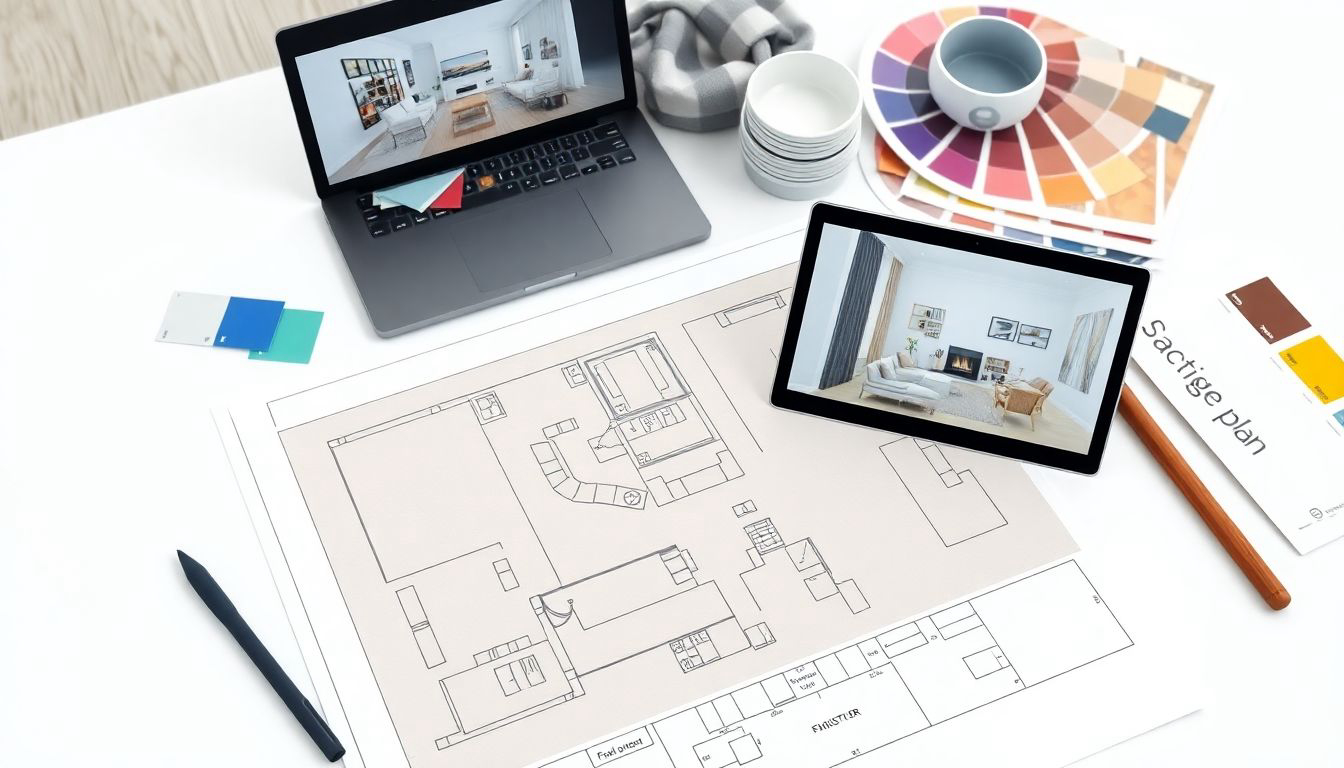
Interior design is a captivating blend of art and science, transforming ordinary spaces into extraordinary experiences. As the demand for professional interior designers continues to grow, many talented individuals are considering turning their passion into a thriving business. This comprehensive guide will walk you through the essential steps to start your own interior design business, from honing your skills to attracting your first clients.
Understanding the Interior Design Industry
Before diving into the nitty-gritty of starting your business, it's crucial to understand the landscape of the interior design industry. The field has experienced consistent growth over the past few years, with projections indicating even better conditions in the coming years.
According to industry statistics, in the United States alone, there are about 102,848 registered interior design companies employing approximately 127,467 people. The industry generates an impressive $13 billion annually, showcasing its significant economic impact.
However, it's important to note that the industry is highly fragmented, with thousands of players competing for market share. Only a small percentage of companies generate annual revenue exceeding $1 million, while many interior designers are self-employed due to the nature of the job and the low start-up capital required.
Developing Your Skills and Portfolio
Mastering the Art of Interior Design
While a formal degree in interior design can provide a solid foundation, it's not always necessary to start your own business. What's crucial is developing a keen eye for design, understanding color theory, and mastering space planning. Continuous learning through workshops, seminars, and industry publications is essential to stay updated with the latest design trends and technologies.
Building a Stellar Portfolio
Your portfolio is your visual resume, showcasing your skills, style, and versatility to potential clients. If you're just starting out, consider using interior design software like Foyr Neo to create stunning 3D visualizations and mood boards of your design concepts. As you gain experience, include high-quality photographs of completed projects, client testimonials, and detailed descriptions of your design process.
Defining Your Unique Selling Proposition (USP)
In a competitive market, it's crucial to identify what sets you apart from other interior designers. Perhaps you excel in creating sustainable, eco-friendly spaces, or maybe you have a knack for blending modern and traditional elements. Your USP should reflect your personal style and the design themes you're most passionate about.
As Shaun Smith, founder of Shaun Smith Home, advises, "A clear vision from the start is so important, and the goals that will define your business and brand should be long-term ones."
Legal and Financial Considerations
Choosing Your Business Structure
Decide on the legal structure for your interior design business. Options include sole proprietorship, partnership, LLC, or corporation. Each has its own implications for taxes, liability, and the ability to raise capital. Consult with a legal professional to determine the best option for your specific situation.
Obtaining Necessary Licenses and Permits
Research the specific requirements for interior designers in your state or region. Some areas regulate the use of the title "interior designer" and may require specific education, certification, or licensing.
Setting Up Your Finances
Establish a solid financial foundation for your business. This includes:
- Opening a business bank account
- Setting up an accounting system
- Determining your pricing strategy
- Creating a budget for start-up costs and ongoing expenses
Christine Gachot, cofounder of Gachot Studios, emphasizes the importance of financial management: "I appreciate that we are in a creative field, but it's still a business. Our first hires included an accountant and a business manager."
Creating Your Business Plan
A comprehensive business plan serves as a roadmap for your interior design business. It should include:
- Executive Summary
- Market Analysis
- Services Offered
- Marketing and Sales Strategies
- Financial Projections
- Operational Plans
Your business plan will not only guide your decision-making but also prove invaluable when seeking funding or partnerships.
Establishing Your Brand
Choosing a Business Name
Select a name that reflects your design philosophy and resonates with your target audience. Consider whether you want to use your own name or create a separate brand identity.
Developing Your Visual Identity
Create a cohesive visual brand that includes a logo, color palette, and typography. This will be used across all your marketing materials, from business cards to your website.
Building an Online Presence
In today's digital age, a strong online presence is crucial. Develop a professional website showcasing your portfolio, services, and design philosophy. Utilize social media platforms like Instagram and Pinterest to share your work and engage with potential clients.
Marketing Your Interior Design Business
Identifying Your Target Market
Determine the type of clients you want to work with. Are you focusing on residential or commercial projects? High-end luxury or budget-friendly designs? Understanding your ideal client will help you tailor your marketing efforts effectively.
Networking and Building Relationships
Networking is crucial in the interior design industry. Join professional organizations, attend industry events, and build relationships with suppliers, contractors, and other professionals in related fields.
Leveraging Digital Marketing
Utilize digital marketing strategies to reach potential clients:
- Search Engine Optimization (SEO) to improve your website's visibility
- Content marketing through blogs and social media
- Email marketing to nurture leads and maintain client relationships
- Paid advertising on platforms like Google and social media
Managing Projects and Clients
Developing a Project Management System
Create a streamlined process for managing design projects from initial consultation to final installation. This may include using project management software to keep track of timelines, budgets, and client communications.
Setting Client Expectations
Clear communication is key to successful client relationships. Develop detailed contracts that outline the scope of work, timelines, and payment terms. Be transparent about your process and keep clients informed throughout the project.
Delivering Exceptional Service
Go above and beyond to exceed client expectations. This may include offering personalized touches, being responsive to client inquiries, and ensuring a smooth project execution.
Scaling Your Interior Design Business
As your business grows, consider strategies for scaling:
- Hiring additional staff or subcontractors
- Expanding your service offerings
- Exploring partnerships or collaborations
- Investing in advanced design technologies
Embracing Continuous Learning and Adaptation
The interior design industry is constantly evolving. Stay ahead of the curve by:
- Attending industry trade shows and conferences
- Pursuing additional certifications or specializations
- Staying updated on design trends and technologies
- Seeking feedback from clients and adapting your services accordingly
Conclusion
Starting an interior design business requires passion, creativity, and strategic planning. By following these steps and continuously refining your skills and processes, you can build a successful and fulfilling career in this dynamic industry.
Remember the advice of Annemarie diSalvo, founder of diSalvo Interiors: "Not every customer must become a client and it's okay to refuse a project." Stay true to your vision and values as you grow your business, and don't be afraid to be selective about the projects you take on.
With dedication, hard work, and a keen eye for design, you can transform your passion for interior design into a thriving business that brings beauty and functionality to spaces around the world.
Resources for Further Reading
- Houzz Pro Learn Interior Design Startup Guide
- How To Run An Interior Design Project - Architectural & Interior Design Studio
- 19 Tips From Successful Pros on How to Run an Interior Design Business
- How To Start An Interior Design Business In 15 Steps | Foyr
- 8 Simple Steps to Start an Interior Design Business in 2023
More Articles
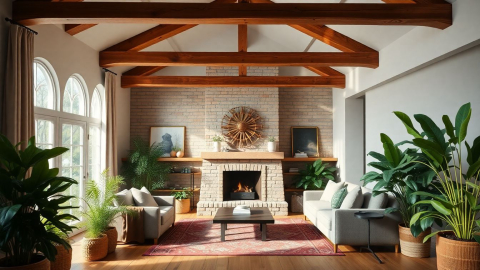
The Timeless Charm of English Countryside Interior Design
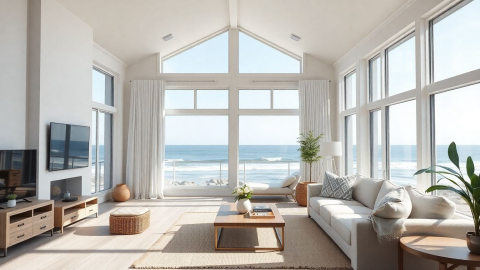
Coastal Interior Design: A Comprehensive Guide to Creating Serene Seaside Spaces
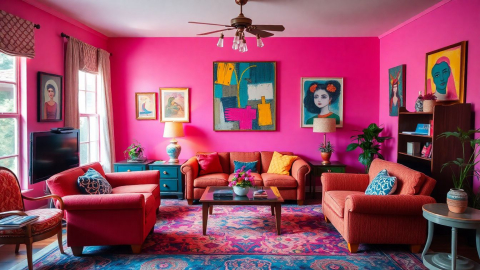
The Abstract Art of Interior Design: A Satirical Soirée Through Spatial Shenanigans
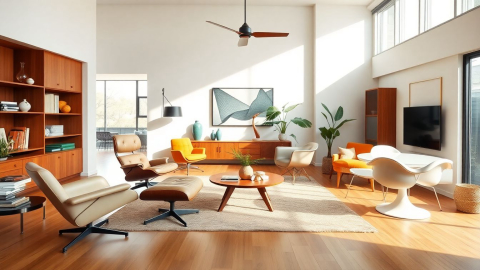
The Timeless Allure of Mid-Century Modern Interior Design: A Comprehensive Guide
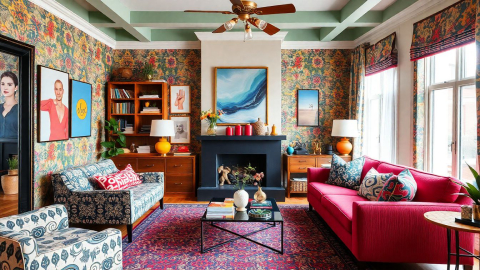
Post-Modernism Interior Design: Embracing Eclecticism and Personal Expression
